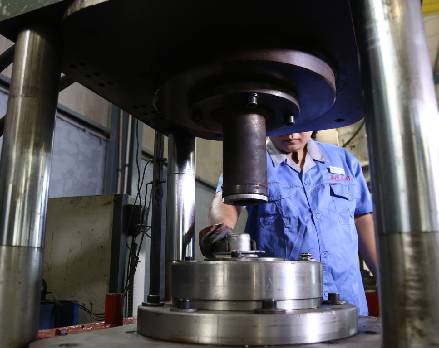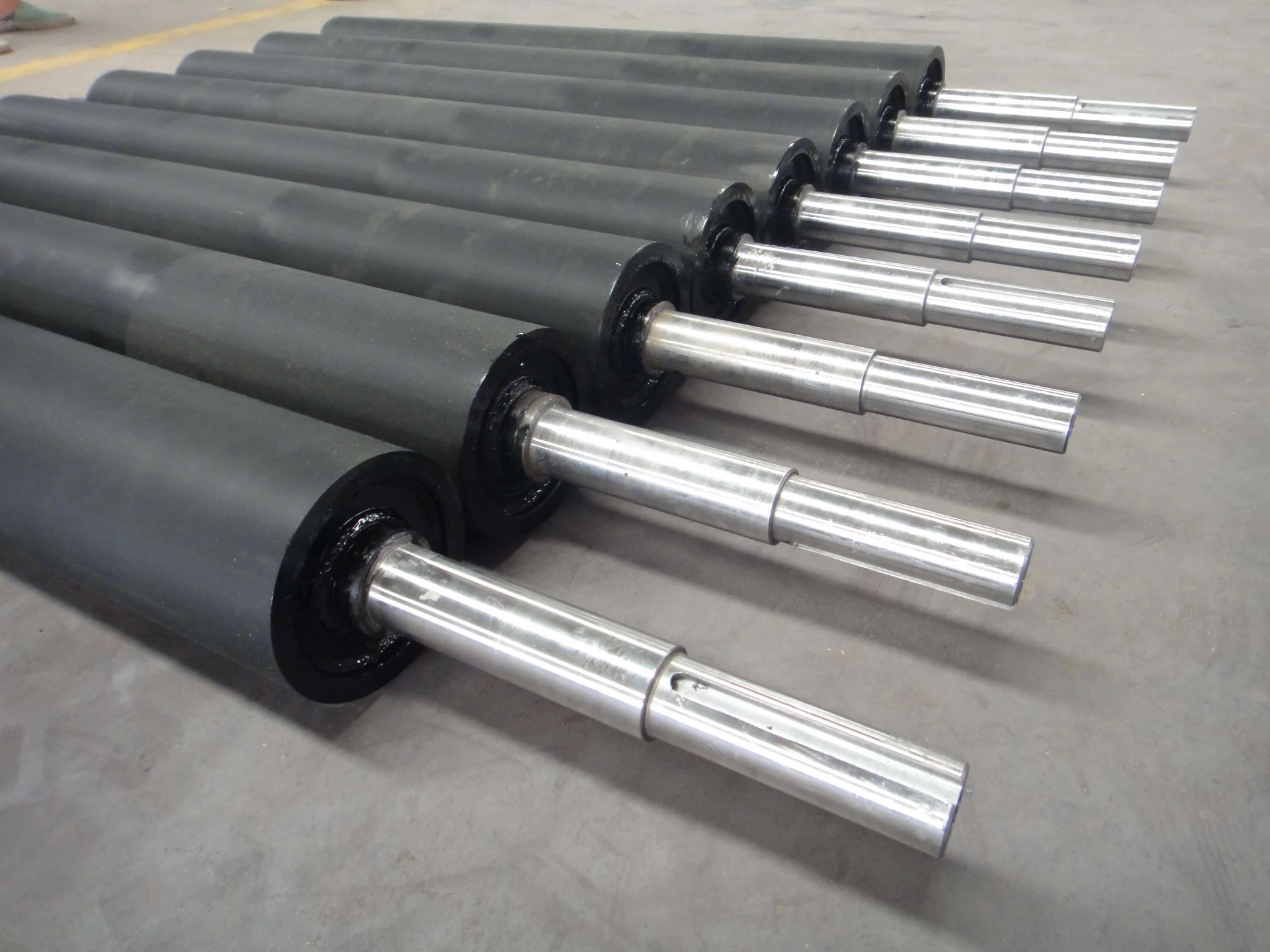 Afrikaans
Afrikaans  Albanian
Albanian  Amharic
Amharic  Arabic
Arabic  Armenian
Armenian  Azerbaijani
Azerbaijani  Basque
Basque  Belarusian
Belarusian  Bengali
Bengali  Bosnian
Bosnian  Bulgarian
Bulgarian  Catalan
Catalan  Cebuano
Cebuano  Corsican
Corsican  Croatian
Croatian  Czech
Czech  Danish
Danish  Dutch
Dutch  English
English  Esperanto
Esperanto  Estonian
Estonian  Finnish
Finnish  French
French  Frisian
Frisian  Galician
Galician  Georgian
Georgian  German
German  Greek
Greek  Gujarati
Gujarati  Haitian Creole
Haitian Creole  hausa
hausa  hawaiian
hawaiian  Hebrew
Hebrew  Hindi
Hindi  Miao
Miao  Hungarian
Hungarian  Icelandic
Icelandic  igbo
igbo  Indonesian
Indonesian  irish
irish  Italian
Italian  Japanese
Japanese  Javanese
Javanese  Kannada
Kannada  kazakh
kazakh  Khmer
Khmer  Rwandese
Rwandese  Korean
Korean  Kurdish
Kurdish  Kyrgyz
Kyrgyz  Lao
Lao  Latin
Latin  Latvian
Latvian  Lithuanian
Lithuanian  Luxembourgish
Luxembourgish  Macedonian
Macedonian  Malgashi
Malgashi  Malay
Malay  Malayalam
Malayalam  Maltese
Maltese  Maori
Maori  Marathi
Marathi  Mongolian
Mongolian  Myanmar
Myanmar  Nepali
Nepali  Norwegian
Norwegian  Norwegian
Norwegian  Occitan
Occitan  Pashto
Pashto  Persian
Persian  Polish
Polish  Portuguese
Portuguese  Punjabi
Punjabi  Romanian
Romanian  Russian
Russian  Samoan
Samoan  Scottish Gaelic
Scottish Gaelic  Serbian
Serbian  Sesotho
Sesotho  Shona
Shona  Sindhi
Sindhi  Sinhala
Sinhala  Slovak
Slovak  Slovenian
Slovenian  Somali
Somali  Spanish
Spanish  Sundanese
Sundanese  Swahili
Swahili  Swedish
Swedish  Tagalog
Tagalog  Tajik
Tajik  Tamil
Tamil  Tatar
Tatar  Telugu
Telugu  Thai
Thai  Turkish
Turkish  Turkmen
Turkmen  Ukrainian
Ukrainian  Urdu
Urdu  Uighur
Uighur  Uzbek
Uzbek  Vietnamese
Vietnamese  Welsh
Welsh  Bantu
Bantu  Yiddish
Yiddish  Yoruba
Yoruba  Zulu
Zulu Jan . 13, 2025 16:40
Back to list
Spring Impact Idler
Designing belt conveyor idlers requires a deft blend of engineering expertise, practical experience, and adherence to industry norms. Idlers are crucial components of conveyor systems, directly influencing the performance, efficiency, and reliability of material handling processes. For those unfamiliar with the intricacies, the following insights provide a comprehensive understanding of the state-of-the-art in belt conveyor idler design.
Ease of installation and maintenance are features not to be overlooked. Modern designs often incorporate self-cleaning mechanisms and encapsulated bearings, which significantly reduce maintenance efforts and downtime. Moreover, quick-release mechanisms facilitate rapid replacement, ensuring minimal disruption to operations. From an expert perspective, being conversant with international standards and best practices, such as those from CEMA or ISO, is indispensable. These guidelines ensure that designs adhere to safety, performance, and quality benchmarks, enhancing the trustworthiness of the belt conveyor systems. Understanding the specific requirements of the industry or application is just as critical. For example, in mining, robustness and resistance to impact are prioritized, while in the food industry, hygiene and ease of cleaning are paramount. Tailoring designs to meet these industry-specific demands instills confidence in clients and underscores the authoritative capability of the manufacturer. In conclusion, designing belt conveyor idlers requires a marriage of material science, precision engineering, and cutting-edge technology. The continuous infusion of innovation and adherence to industry standards is what separates exemplary idler designs from the mediocre. By keeping abreast with such developments, professionals in this field not only enhance their expertise but also significantly elevate the operational efficiency and reliability of conveyor systems globally.


Ease of installation and maintenance are features not to be overlooked. Modern designs often incorporate self-cleaning mechanisms and encapsulated bearings, which significantly reduce maintenance efforts and downtime. Moreover, quick-release mechanisms facilitate rapid replacement, ensuring minimal disruption to operations. From an expert perspective, being conversant with international standards and best practices, such as those from CEMA or ISO, is indispensable. These guidelines ensure that designs adhere to safety, performance, and quality benchmarks, enhancing the trustworthiness of the belt conveyor systems. Understanding the specific requirements of the industry or application is just as critical. For example, in mining, robustness and resistance to impact are prioritized, while in the food industry, hygiene and ease of cleaning are paramount. Tailoring designs to meet these industry-specific demands instills confidence in clients and underscores the authoritative capability of the manufacturer. In conclusion, designing belt conveyor idlers requires a marriage of material science, precision engineering, and cutting-edge technology. The continuous infusion of innovation and adherence to industry standards is what separates exemplary idler designs from the mediocre. By keeping abreast with such developments, professionals in this field not only enhance their expertise but also significantly elevate the operational efficiency and reliability of conveyor systems globally.
Latest news
-
Trusted Conveyor Solutions from Leading Conveyor Idler Roller ManufacturersNewsJun.27,2025
-
Reliable Return Idler Solutions for Efficient Belt Conveyor SystemsNewsJun.27,2025
-
Precision Conveyor Accessories for Streamlined Material HandlingNewsJun.27,2025
-
High-Quality Belt Conveyor Idler Solutions for Efficient Material HandlingNewsJun.27,2025
-
High-Performance Belt Conveyor Pulleys for Reliable Material HandlingNewsJun.27,2025
-
Enhancing Material Handling EfficiencyNewsJun.27,2025
OUR PRODUCTS





























